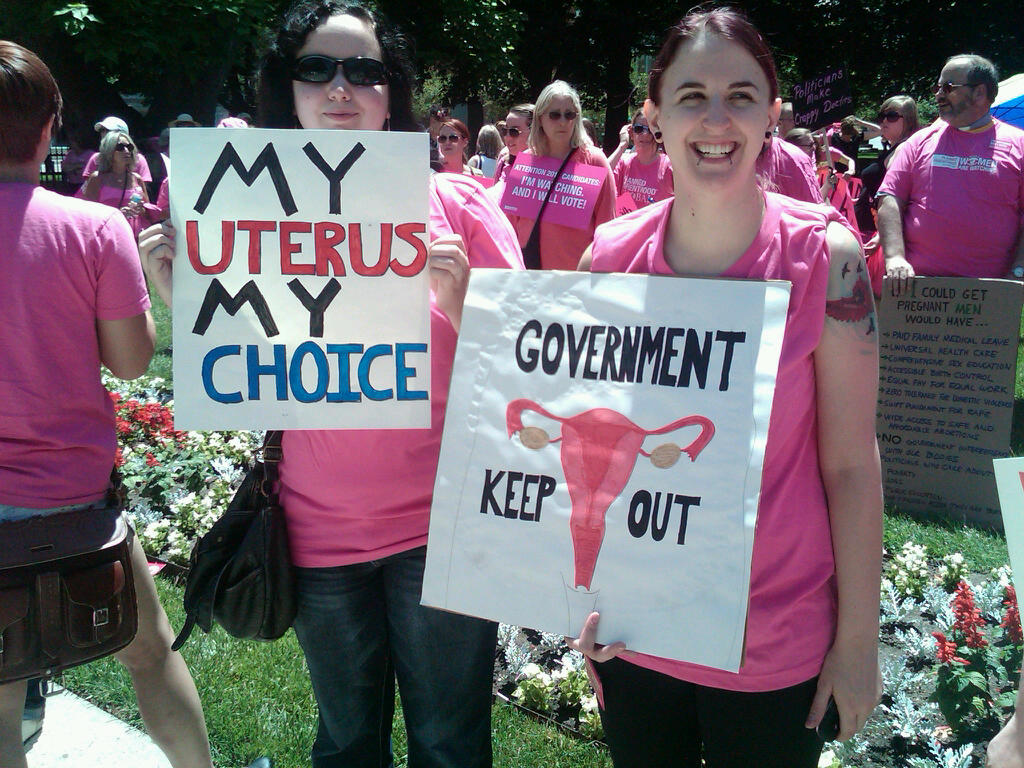In Gloria Steinem's Sex, Lies and Advertising, she discussed the difficulty of putting certain ads in the Ms. magazine. Steinem was aware of how ironic it would be to include ads with sexist images in a feminist magazine. "I thought then that our main problem would be the imagery in ads themselves. Carmakers were still draping blondes in evening gowns over the hoods like ornaments. Authority figures were almost always male, even in ads for products that only women used...Even in medical journals, tranquilizer ads showed depressed housewives standing beside piles of dirty dishes and promised to get them back to work" (Steinem 113).
 |
| Example of body policing in ads Source: pinterest.com |
This also relates back to the idea of the male gaze. These ads are being framed by men thus the messages being sent are intrinsically messages about these men's desires "You painted a naked woman because you enjoyed looking at her, you put a mirror in her hand and you called the painting Vanit, thus morally condemning the woman whose nakedness you had depicted for your own pleasure" (Berger 51).
The policing of women's bodies also includes the legislation surrounding women's rights. Abortion has been a hot topic since Roe V. Wade and it has turned into a fight over women's bodies, whether pro-life advocates intended for that or not. There is a misunderstanding with people against abortion that pro-choicers will want to have abortions so that they avoid responsibility. This leads into policing women's sex lives, shaming women that would dare to have sex with multiple people. Ultimately, this policing does not benefit anyone except people who still cannot understand that women's bodies belong to the women, not them. Roxanne Gay sums it up perfectly in The Alienable Rights of Women, "If these politicians can't prevent women from having abortions, they are certainly going to punish them. They are going to punish these women severely, cruelly, unusually for daring to make choices about motherhood, their bodies, and their futures" (Gay 271).
 |
| Pro-choice activists defend the rights to their bodies. Source: michiganradio.org |
1. Berger, John. Ways of Seeing. 1972.
2. Gay, Roxanne. The Alienable Rights of Women. 2012.
3. Steinem, Gloria. Sex, Lies and Advertising. 1990.
No comments:
Post a Comment